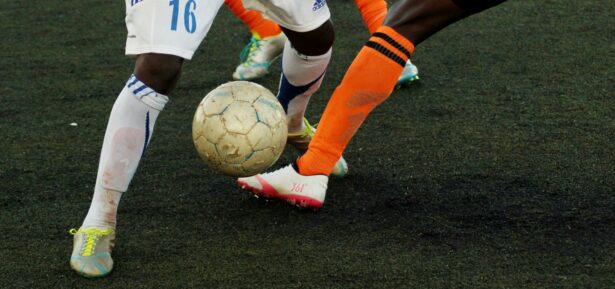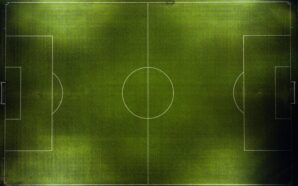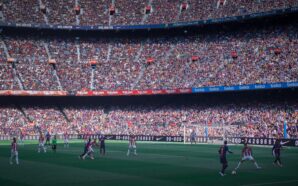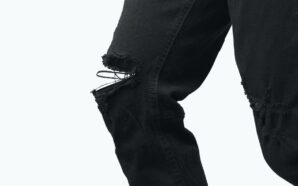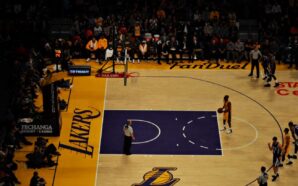Physics Of Diving
University of Virginia physics professor Lou Bloomfield explains how divers use gravity and change their shape to execute the perfect dive. Diving is pretty much “falling with style”, but it is not always easy to be graceful. Once a diver leaves the diving board or platform, Earth’s gravity causes him to fall.


However, the diver has to control his own rotation. The falling diver’s rotation is controlled by his angular momentum, which is the quantity of rotation of a body, which is the product of its moment of inertia and its angular velocity. A key to graceful diving is changing shape in just the right way. The diver begins the dive by stretching out long, then rotating slowly. He must pull into a ball in the middle of the dive so that he rotates quickly. Then, to finish the dive, he must stretch out long again so that when he enters the water, he is barely rotating. The more streamlined his entry into the water, the less he will disturb the water on the surface of the pool, and therefore, the resulting splash will be less pronounced.
He has to adopt an entry shape with his body that allows the water to move smoothly around him with a minimum of resistance. Once he is below the surface, he can spread his body out and slow down to a stop. Hopefully when he comes back up, he will have great scores!
Wall Street Journal to GOP: Dump Donald Trump
-
NBA Star Penalized for Inappropriate Gesture During Victory Over Trail Blazers Philadelphia 76ers’ star center, Joel Embiid, has been...
-
Spanish Football Chief Faces Scrutiny Over World Cup Incident The Spanish government announced on Tuesday that it has submitted...
-
University of Houston Mourns the Loss of Former Basketball Star Reggie Chaney The University of Houston community is deeply...
-
Former President Donald Trump Leaves Republicans Speculating on His Debate Strategy Former President Donald Trump has definitively confirmed that...
-
As Neymar’s desire for a new chapter surfaces, the football world debates whether he will return to Barcelona’s embrace...
-
The football legend mesmerizes with a dazzling display and debuts a Wakanda Lionel Messi wowed fans once again with...
-
Andrew Wiggins Returns: Ready to Help Warriors Defend Championship Title! Golden State Warriors forward Andrew Wiggins has returned to...
-
Scotland’s rugby team has been dealt a significant blow. Scotland’s rugby team has been dealt a significant blow with...
-
Diaz injured his knee while the Puerto Rican team was celebrating its victory. During Wednesday night’s game in the...
-
Number 16 has joined the legendary likes of Numbers 8 and 24. Despite retiring from the NBA in 2021,...
-
Tatum was slapped with his first career ejection after two technical fouls. Monday night was a rough one for...
-
Correa joined the Mets with a $315 million contract. Recently, baseball player Carlos Correa announced that he had cut...


